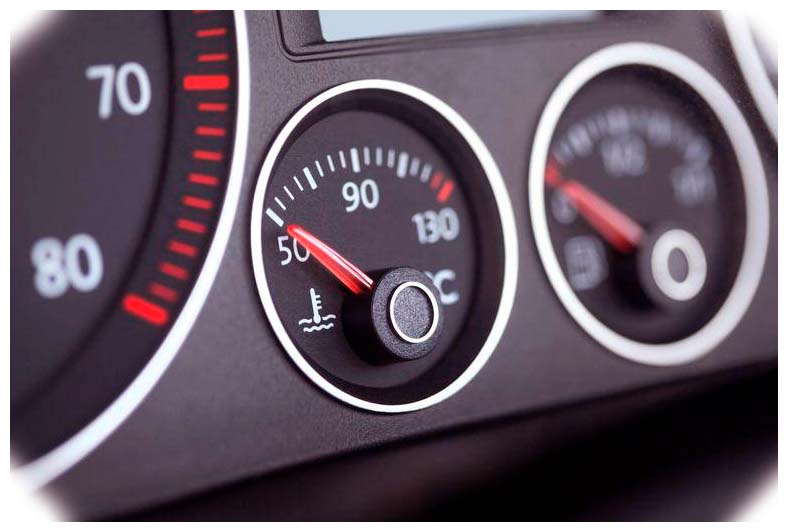Understanding how your vehicle’s fuel gauge works can help you to identify and fix the issue when it stops working correctly. In this article, we explain why you might have an incorrectly reading fuel gauge and provide step-by-step instructions on how to diagnose and fix this issue.
Why Is My Fuel Gauge Not Working?
A faulty fuel gauge can be caused by a few different problems. These include electrical issues, sending unit issues, or fuse or relay issues.
-
Electrical Issues: Electrical problems could mean that there’s an opening in the wire connecting the sending unit to the gauge cluster, or that there is a break in one of the wires powering the fuel level indicator light. It could also be caused by a loose connection in either circuit which is causing power interruption or shorting out of one of these circuits.
-
Sending Unit Issues: The sending unit is responsible for telling the gauge cluster how much fuel is in your tank. If this component fails then it will cause your fuel gauge to read incorrectly, as it won’t be able to communicate with the other components effectively. This could be due to a faulty cable, corrosion on the electrical contacts inside of your tank, or a broken connection between the sending unit and the gauge cluster.
-
Fuse or Relay Issues: If your vehicle’s fuse or relay for the fuel gauge has blown, then this could be causing it to read incorrectly. This is because a blown fuse or relay will prevent power from reaching the fuel level indicator light and thus stop it from working properly.
How to Diagnose and Fix a Fuel Gauge Reading Incorrectly
The following steps will help you diagnose and fix a faulty fuel gauge:
-
Check the Fuses and Relays: Before you start troubleshooting your fuel gauge, make sure that all your vehicle’s fuses and relays are in working order. This will help you to pinpoint if there is an electrical issue with your vehicle’s wiring system that could be causing your fuel gauge to read incorrectly.
-
Test the Sending Unit: If all your fuses and relays are in working order, then you can move on to testing the sending unit itself. To do this, use an ohmmeter to check that there is continuity between each of its terminals, as well as between its ground connection point at the bottom of its stem (where it connects to the tank). If there is no continuity, then this could mean that it has failed internally or externally.
-
Test for Ground Issues: If the sending unit itself is working correctly, then you should check to see if there are any issues with its ground connection. To do this, check the wiring between the sending unit and the chassis of your vehicle. If you find that there is an issue here, then it will need to be repaired or replaced.
-
Inspect the Wiring: Finally, inspect all your vehicle’s wiring to make sure that there are no breaks or loose connections that could be causing a power interruption in either circuit. If you find any damaged or faulty wires, then they should be replaced before continuing with troubleshooting.
-
Use an OBD Scanner: Using an OBD (On-Board Diagnostic) scanner can help you to diagnose and fix faults on your fuel gauge quickly and easily. This device will allow you to read error codes which can help point you in the right direction when it comes to diagnosing and fixing any faults that may exist with your fuel gauge system.
Conclusion
Troubleshooting a faulty fuel gauge involves checking for electrical issues, testing the sending unit, inspecting for ground issues, and using an OBD scanner when necessary. Following the steps outlined in this article should help you to diagnose and fix any issues with your fuel gauge quickly and easily.


 Check the Fuses and Relays: Before you start troubleshooting your fuel gauge, make sure that all your vehicle’s fuses and relays are in working order. This will help you to pinpoint if there is an electrical issue with your vehicle’s wiring system that could be causing your fuel gauge to read incorrectly.
Check the Fuses and Relays: Before you start troubleshooting your fuel gauge, make sure that all your vehicle’s fuses and relays are in working order. This will help you to pinpoint if there is an electrical issue with your vehicle’s wiring system that could be causing your fuel gauge to read incorrectly.
Add Comment